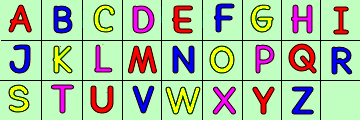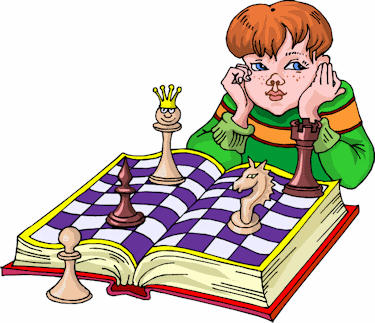




|
Welcome back. Perhaps you'd like to tell me what you'd like me to call you this lesson.

 |

|
Have you learnt all about CASTLING, kiddo? |

|
You know you can get a draw by STALEMATE. There are a few other ways of DRAWING a game of chess. In this lesson we'll have a look at them. 
|